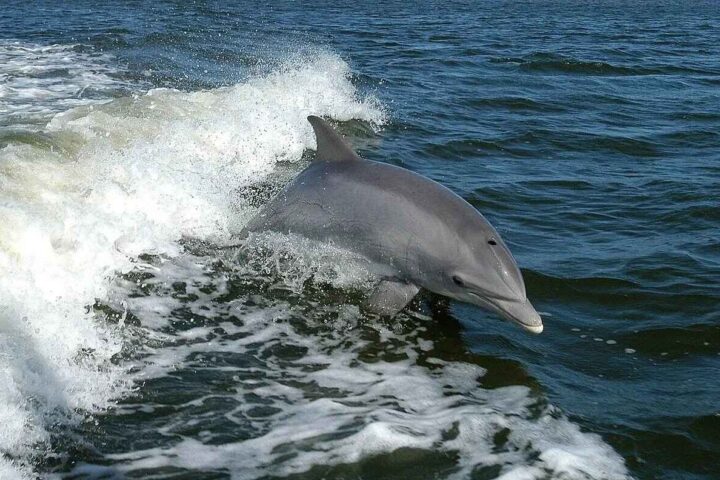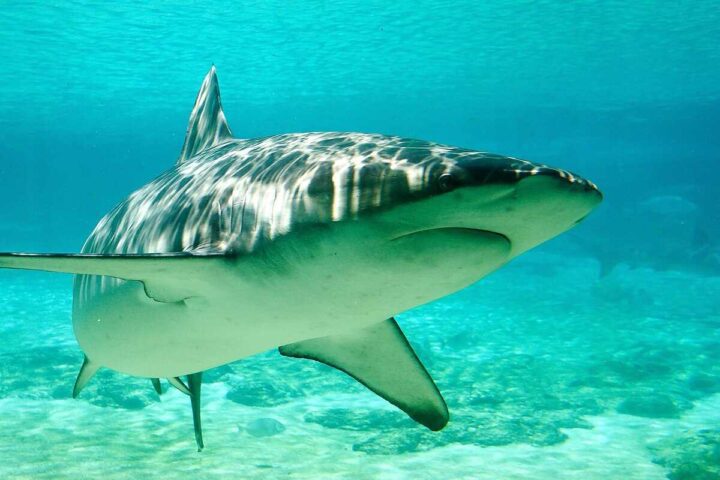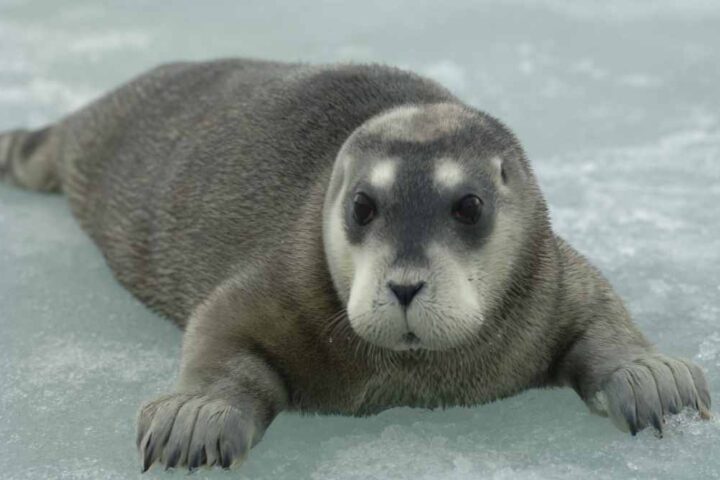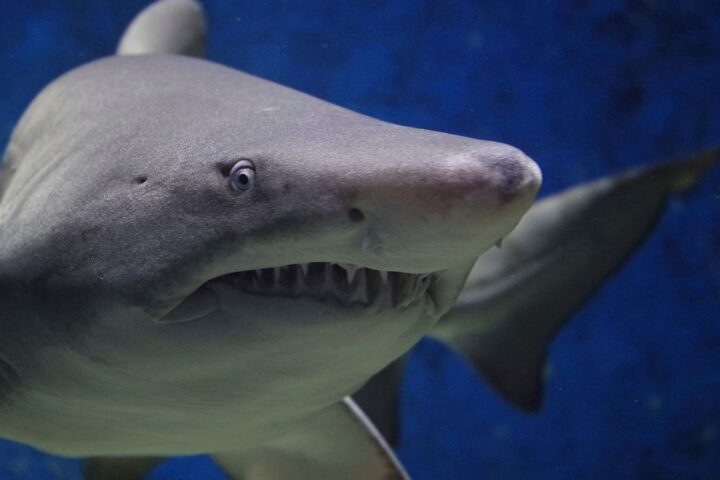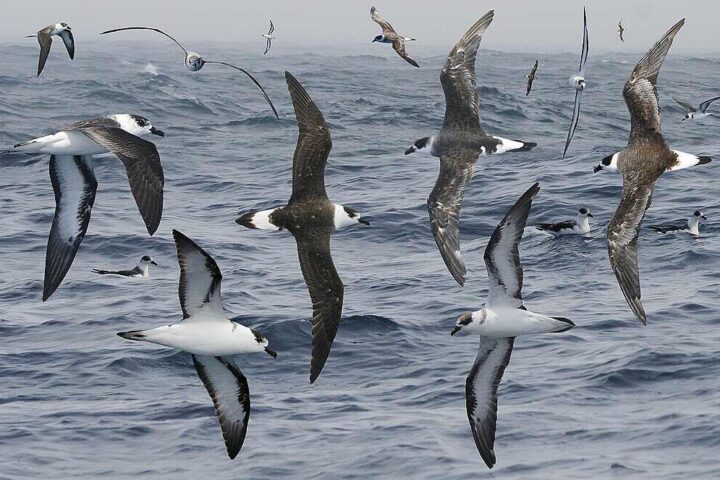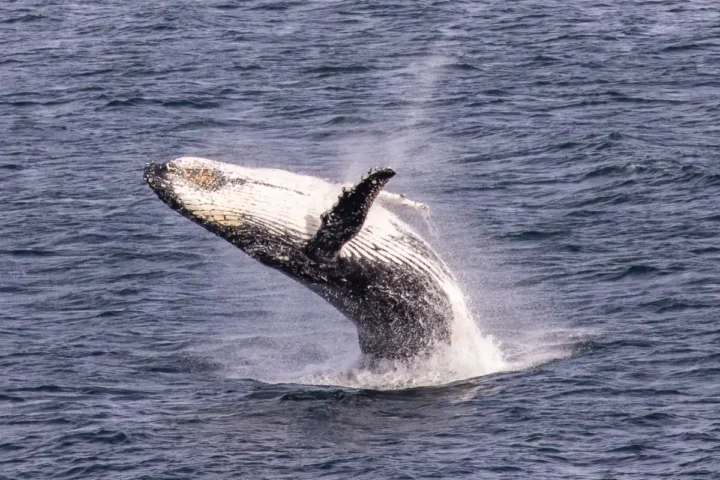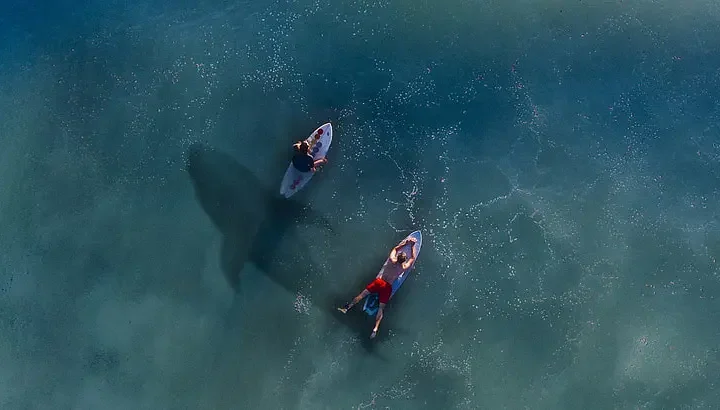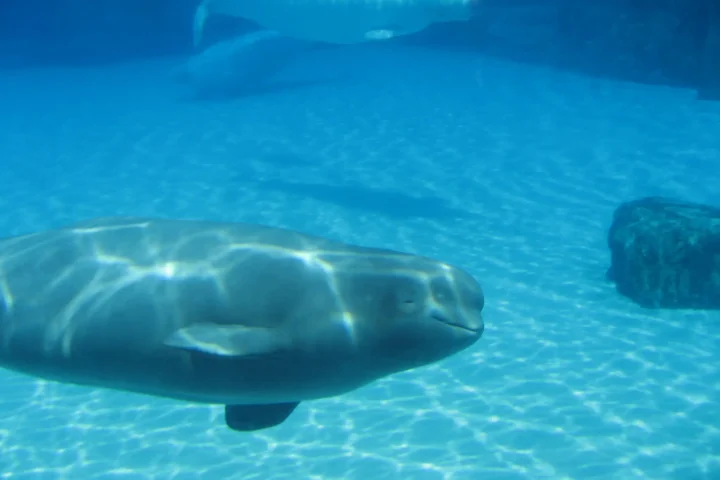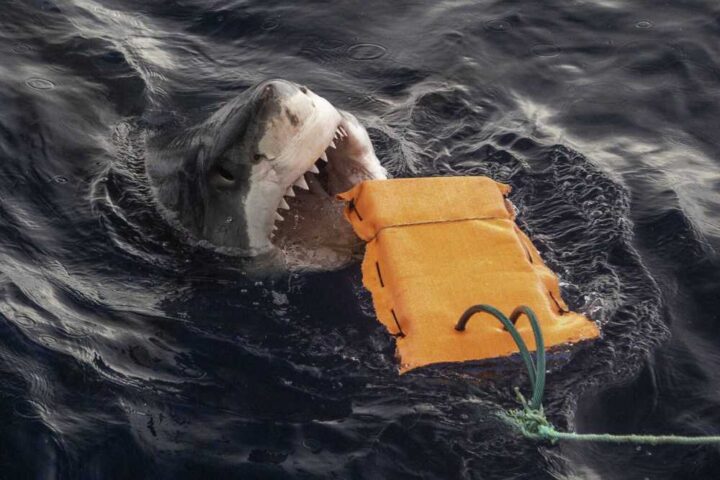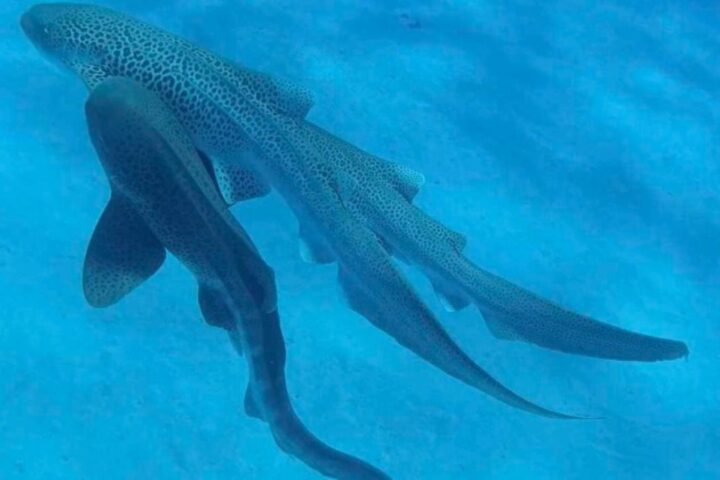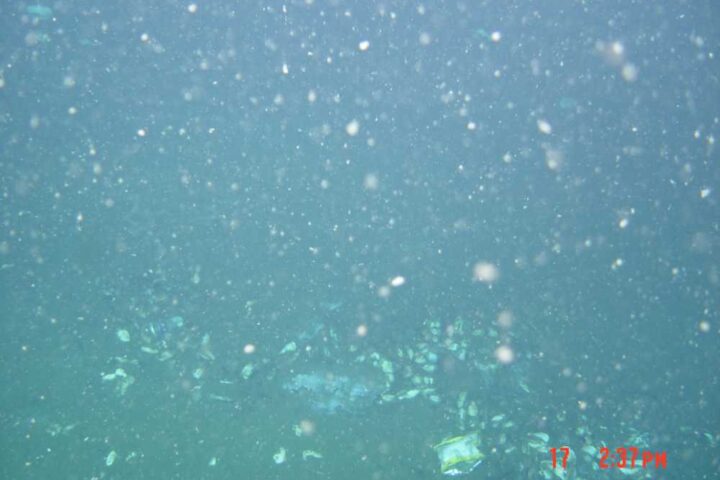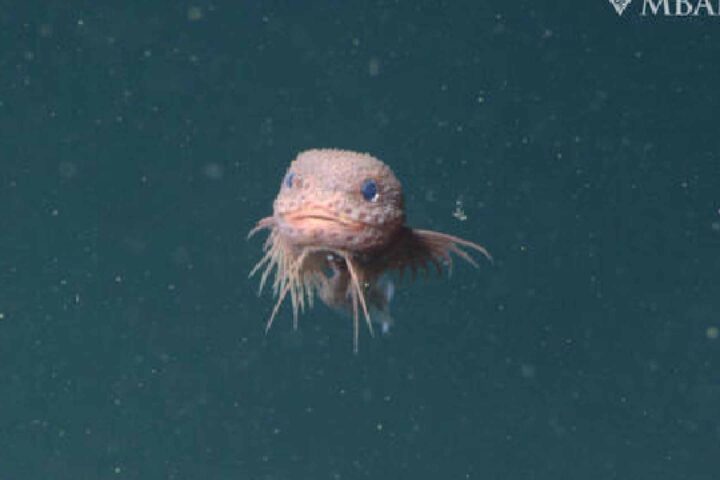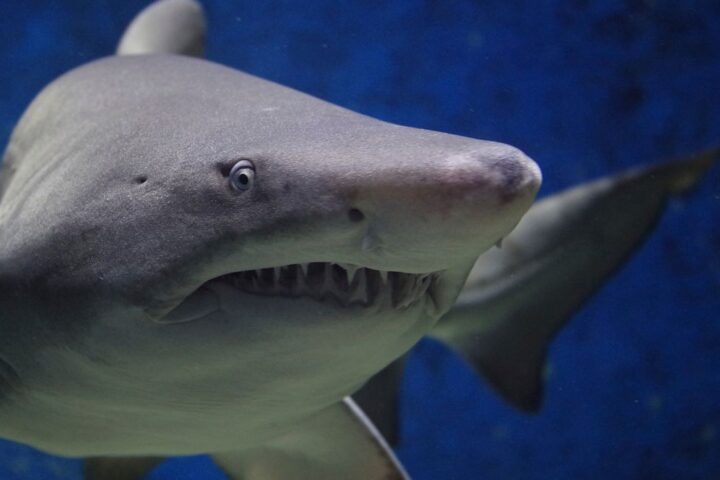In a landmark study published on September 11, 2024, an international team of scientists has successfully mapped the genome of the Greenland shark (Somniosus microcephalus), the world’s longest-living vertebrate. This research provides unprecedented insights into the genetic mechanisms behind extreme longevity in vertebrates.
Key Findings
The Greenland shark genome, spanning 6.5 billion base pairs, is twice the size of the human genome and the largest among shark genomes sequenced to date. Over 70% of this massive genome consists of transposable elements, often referred to as “jumping genes” or “selfish genes.”
Dr. Arne Sahm, the study’s lead author, explains, “There are only a few animals sequenced thus far that have an even larger genome. As for the axolotl and the lungfish, the massive Greenland Shark genome size is primarily due to the presence of repetitive and frequently self-replicating elements.”
DNA Repair Mechanisms
Contrary to expectations, the high content of transposable elements in the Greenland shark’s genome does not appear to limit its lifespan. Instead, the research team hypothesizes that the expansion of these elements may have contributed to the shark’s extreme longevity.
Professor Alessandro Cellerino, a neurobiologist at the Fritz Lipmann Institute (FLI) and the Scuola Normale Superiore (SNS) in Pisa, states, “In each of our cells, the DNA sustains damage thousands of times every day, and specialized molecular mechanisms constantly repair it. A remarkable finding of comparative genomic studies is that long-lived mammalian species are exceptionally efficient in repairing their DNA.”
The team discovered that many duplicated genes in the Greenland shark genome are involved in DNA damage repair. This finding suggests that enhanced DNA repair capabilities may be a general mechanism underlying the evolution of exceptional longevity.
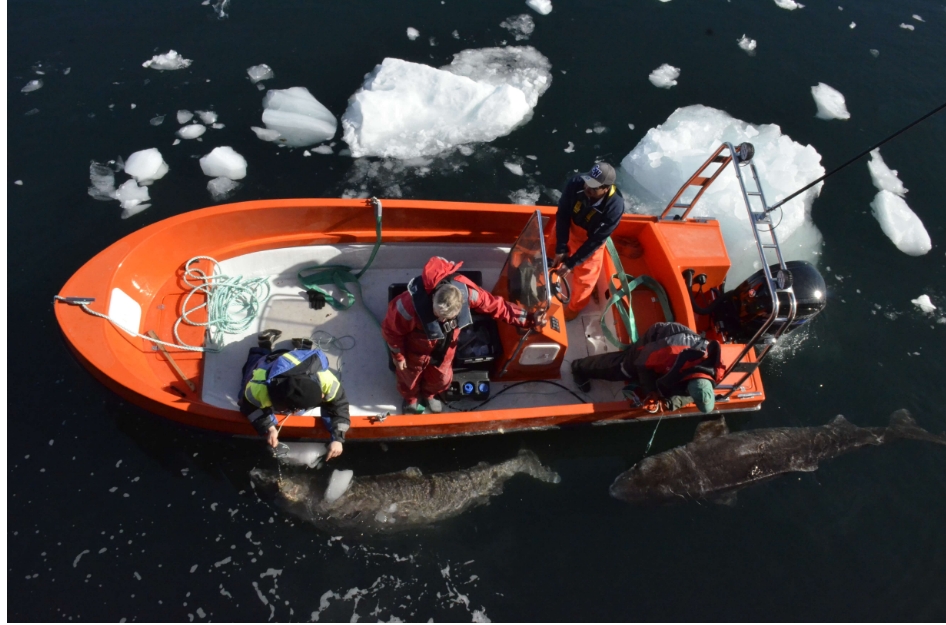
P53 Protein Alteration
Another crucial discovery is a specific alteration in the p53 protein, known as the “guardian of the genome.” Dr. Steve Hoffmann, a computational biologist at FLI, notes, “This protein is mutated in about half of all human cancers and is the most important tumor suppressor we know. Therefore, it is an essential gene for longevity.”
Transposable Elements and Longevity
The researchers speculate that the Greenland shark’s evolution may have found a way to counterbalance the potentially negative effects of transposable elements on DNA stability. Dr. Sahm suggests, “We are tempted to speculate that the evolution of the Greenland Shark has found a way to counterbalance the negative effects of transposable elements on DNA stability – by hijacking the very machinery of transposable elements.”
Implications for Future Research
This genome study provides a foundation for further research into the Greenland shark’s remarkable longevity. Dr. Paolo Domenici from CNR-IBF Pisa emphasizes, “Our genome project now provides a basis for many independent studies that will help us to better understand the evolution of this remarkable species.”
The research team has made the genome sequence and corresponding web resources available to the scientific community, enabling researchers worldwide to analyze the Greenland shark version of their genes of interest.
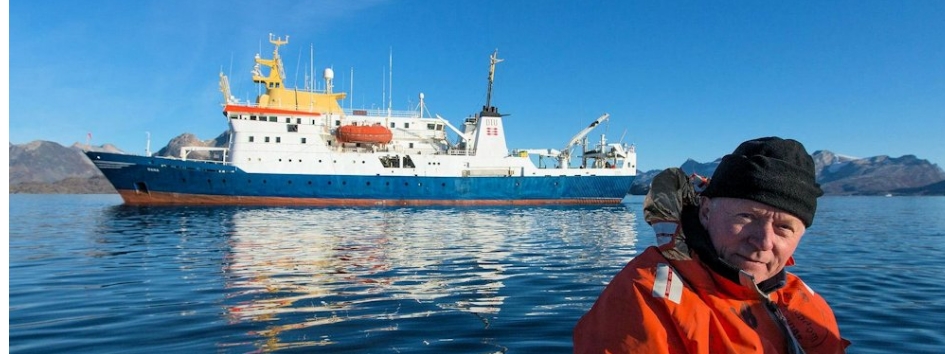
Conservation Implications
Professor John Fleng Steffensen from the University of Copenhagen, who has been studying these giant animals in the field for 15 years, underscores the conservation implications of this research: “This work is a cornerstone for a better understanding of the basis of the Greenland Shark’s extreme physiology. Furthermore, it helps us assess their genomic diversity and thus the population size of this vulnerable species for the first time.”
Background on Greenland Sharks
Greenland sharks are known for their extreme longevity, with some individuals estimated to live for up to 500 years. A previous study led by Julius Nielsen at the University of Copenhagen in 2016 identified a Greenland shark estimated to be at least 272 years old, possibly up to 500 years, surpassing the previous record held by a 211-year-old bowhead whale.
These sharks inhabit the cold, deep waters of the North Atlantic and Arctic Oceans, growing at an incredibly slow rate of just a few centimeters per year. Females are believed to reach sexual maturity at around 156 years of age.
Similar Posts
Unique Metabolic Traits
Recent research has also revealed unique metabolic traits in Greenland sharks that contribute to their longevity. A study presented at the Society for Experimental Biology Annual Conference in July 2024 by Ewan Camplisson, a biologist from the University of Manchester, showed that unlike other animals, Greenland sharks’ metabolisms do not diminish with age.
“A female Greenland shark may not become sexually mature until it is 150 years old and with such a long generation time, the species will have far less of a chance to adapt to anthropogenic changes in their environment,” said Mr Camplisson.
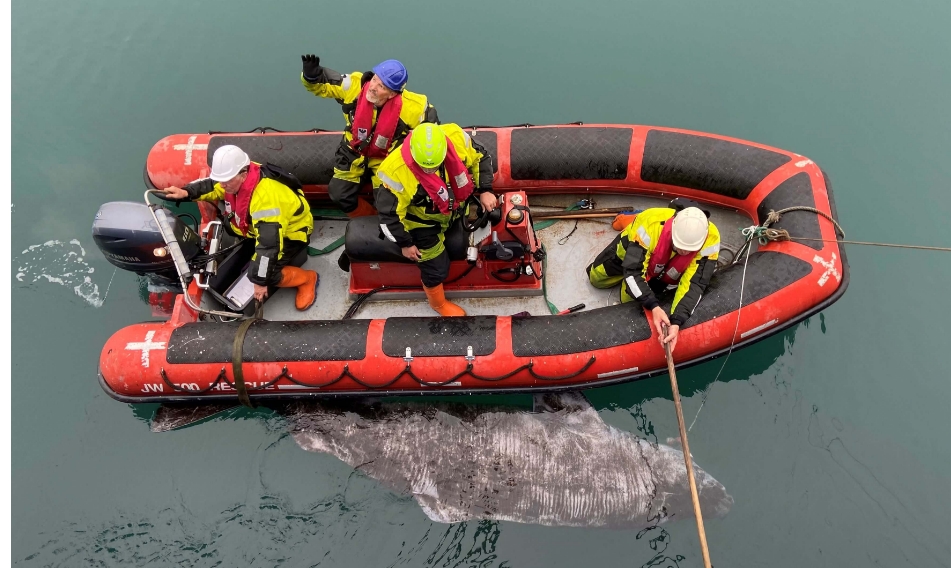
Conservation Status and Challenges
Despite their long lifespans, Greenland sharks face significant conservation challenges. They are often caught as bycatch in commercial fishing operations, and their slow growth and late maturation make them particularly vulnerable to overfishing.
The International Union for Conservation of Nature (IUCN) lists the Greenland shark as “Vulnerable” on its Red List of Threatened Species. The recent genome study may provide valuable insights for conservation efforts by helping researchers better understand the species’ genetic diversity and population structure.
Comparative Longevity in Other Species
While the Greenland shark holds the record for vertebrate longevity, other species also exhibit remarkable lifespans:
- 1. Bowhead Whale: Up to 200 years
- 2. Aldabra Giant Tortoise: Up to 255 years (based on the famous Jonathan)
- 3. Rougheye Rockfish: Up to 205 years
- 4. Lake Sturgeon: Up to 152 years
The Greenland shark genome study may offer insights into the longevity mechanisms of these species as well, potentially leading to broader applications in understanding and extending animal and human lifespans.
Future Research Directions
The Greenland shark genome study opens up several avenues for future research:
- 1. Further investigation into the role of transposable elements in longevity
- 2. Comparative studies with other long-lived species
- 3. Exploration of the p53 protein alteration and its implications for cancer research
- 4. Development of conservation strategies based on genetic diversity data
- 5. Potential applications in human aging research and medicine
As scientists continue to unravel the secrets of the Greenland shark’s extreme longevity, this research may lead to groundbreaking discoveries in the fields of genetics, aging, and conservation biology.



